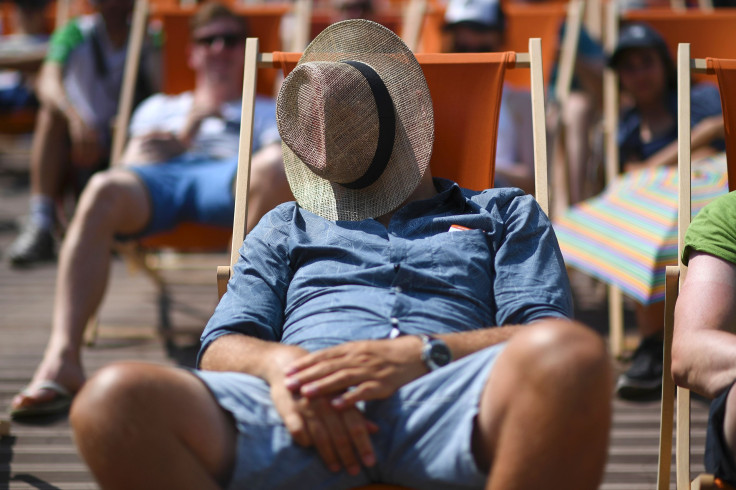Sleep Apnea: Symptoms, Cause, Treatments To Know On World Sleep Day 2018

The World Sleep Day, which is observed March 16 this year, is “intended to be a celebration of sleep and a call to action on important issues related to sleep, including medicine, education, social aspects and driving,” its official website said.
The day is organized by the World Sleep Day Committee of World Sleep Society.
While most people tend to ignore sleeping disorders, doctors advise it is important to address these issues at the initial stage itself and seek treatment if necessary to maintain a healthy lifestyle.
“Apart from this, there are those who suffer from what are called sleep disorders. It is alarming to note that not many people take these disorders seriously and are, therefore, also prone to other health conditions such as obesity, hypertension and diabetes. One such common sleep disorder is sleep apnea,” said Dr. M Udaya Kumar Maiya, Medical Director of Portea Medical, Karnataka, India, told the news daily Hindustan Times.
One such disorder is sleep apnea.
“Sleep apnea is a potentially serious sleep disorder in which breathing repeatedly stops and starts,” according to Mayo Clinic.
Some of the symptoms of this condition include loud snoring, episodes of breathing cessation during sleep, shortness of breath, a dry mouth or sore throat, morning headache, insomnia, hypersomnia (excessive sleep during the day), concentration issues and irritability.
Tom Harburg, medical director for Kaiser Permanente in Eugene, Oregon, pointed out just because one is having difficulties sleeping at night, does not mean he or she is suffering from sleep apnea.
“While all sleep apnea patients do some snoring, not all snorers have sleep apnea. Also, a patient may have hypothyroidism, or low thyroid output, that is causing the symptoms,” Harburg wrote in an article for Statesman Journal.
This is why, Harburg added, he always checks if the patient meets “the STOP-BANG criteria,” which includes factors like snoring, tired, observed symptoms, elevated blood pressure, high body mass index, age, neck circumference and gender.
People who are prone to sleep apnea are those who are suffering or have suffered from diabetes, stroke, pregnancy and congestive heart failure.
While mild cases of this disorder do not require treatment, severe ones might call for patients to use some assistive devices to help them sleep better.
One of the most common devices recommended for sleeping disorder is the Continuous Positive Airway Pressure or CPAP, which prevents soft tissue in the back of the throat from blocking the airway. This portable device comes with a mask meant to provide a continuous flow of oxygen to the nose and mouth of the patient.
Some of the other ways to cure apnea is to use nasal strips during sleep or shifting from sleeping on one’s back to the side. Harburg suggested one could even sew a tennis ball to the back of the night dress.
Lastly, some lifestyle changes can also be implemented for achieving better rest. One can try losing weight, as it helps reduce cardiovascular stress and lowers blood pressure, and quit smoking and drinking.
If a person is trying to recover from apnea, he or she should avoid using nasal sprays, as they can aggravate any existing sinus problems or congestion, and sleeping pills, as these can cause the airways to collapse, obstructing breathing patterns.
© Copyright IBTimes 2024. All rights reserved.












